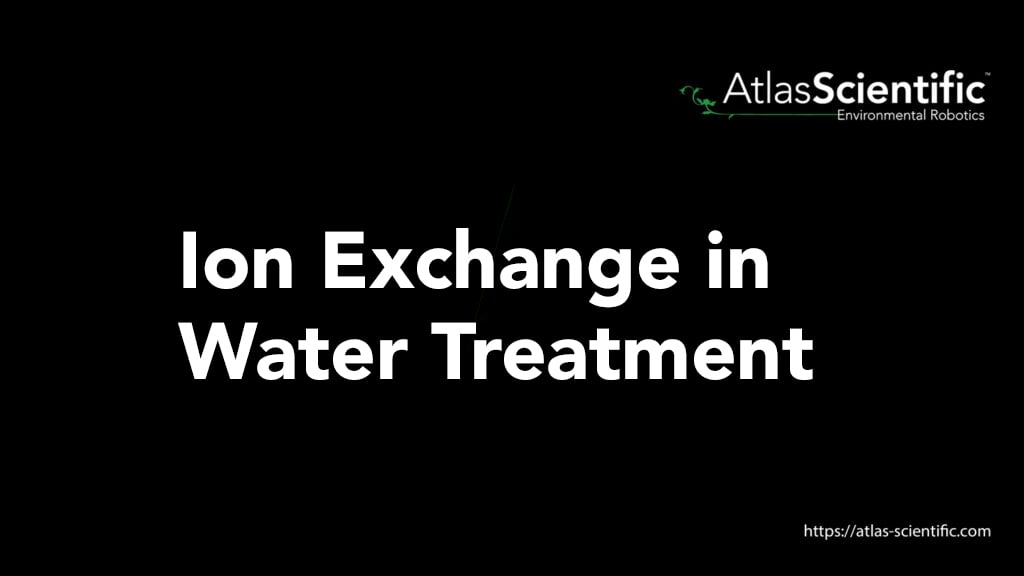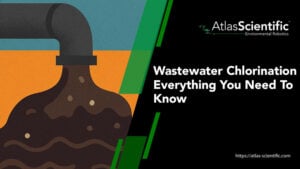Subtotal: $35.99

How To Reduce TDS Of Water?
Reverse osmosis is still a very good and popular way to reduce TDS, but there are many alternatives that might be better for your particular evil
Product Categories

Ion exchange in water treatment involves removing undesirable ionic contaminants from the water by exchanging them with another ionic substance. The four methods of ion exchange are water softening, deionization, demineralization, and dealkalization.
It is essential to remove contaminants in water to make it safe.
When removing contaminants, the contaminant and the exchanged substance must be dissolved and carry the same type of electrical charge. The most common ion exchange is water softening, which reduces calcium and magnesium in the water.
Ion exchange is a chemical process to remove unwanted dissolved ions in water and wastewater. To remove the ions, they are exchanged with ions that have a similar charge.

There are two groups of ions:
When positive ions are exchanged during water treatment, the cations that come into contact with the ion exchange resin are exchanged with other positively charged ions available (usually sodium) on the resin surface. During anion exchange, negatively charged ions are exchanged with other negative ions on the resin surface, these ions are usually chloride ions. Anion exchange is important as the ions can remove contaminants such as nitrate, arsenic, sulfate, and fluoride.
Ion exchange resins are either synthetically or industrially produced. Resins are microporous beads made from polyacrylate and polystyrene. They consist of tiny, microporous beads that range from 0.3 to 1.3 millimeters.
When water is passed through the beads, ions inside the resin interact with ions present in the water. This is how contaminants are captured in the water.
There are four basic categories of industrial water treatment resins:
SAC resins neutralize strong bases and convert the salts into corresponding acids. They can remove all cations, replacing them with hydrogen ions. SAC resins are used over all pH ranges.
SBA resins neutralize strong acids and convert the salts into corresponding bases. These are common in water softening and demineralization processes.
WAC and WBA resins both neutralize strong bases and acids. They are used in partial and complete demineralization processes and dealkalization systems. WAC resins remove cations to produce carbonic acid, however, they cannot remove all the cations in most water supplies. Their high regeneration efficiency (reducing waste) compared to SAC resins, is what makes them popular. WBA resins remove acids such as sulfuric, nitric, and hydrochloric acid.
Ions are common pollutants in water. The more ions dissolved in the water, the higher the total dissolved solids (TDS) and conductivity. Ion exchange is the most effective way to rid water of contaminants.
The two most common ion exchange water treatment methods are water softening and water deionization. Water softeners target magnesium and calcium ions, by replacing them with sodium ions. In water deionization processes, cations are exchanged with hydrogen ions, and anions are exchanged with hydroxyl ions. Other ion exchange methods include water demineralization and dealkalization.
Sodium zeolite softening is the most commonly used ion exchange water treatment, as zeolites have excellent ion exchange and absorption rates.

During zeolite softening, water that contains calcium and magnesium ions (scale-forming ions), passes through a SAC resin containing sodium. In the resin, the scale-forming ions in the water are exchanged with the sodium.
This is why the process is called softening, as the water becomes hardness-free. Water treated with sodium zeolite softening can be used for low to medium-pressure boiler feedwater, reverse osmosis systems, commercial applications, and some chemical applications.
Water deionization utilizes synthetic resins to remove unwanted dissolved solids from the water via ion attraction and exchange. The resin contains positively charged hydrogen or hydroxide ions, which causes the resin to release their ions for exchange.

The two types of deionizers are mixed-bed deionizers and separate-bed deionizers. Mixed-bed deionizers use both cation and anion resins in a single vessel, which produces very high water quality. Separate-bed deionizers contain separate vessels containing cation and anion resins. Separate-bed deionizers have an economical advantage over mixed-bed deionizers.
While water softening is most commonly used, it is an insufficient ion exchange method for high-pressure boiler feedwaters and streams, particularly ones used to manufacture electrical equipment.

Water demineralization removes all inorganic salts in the ion exchange process. During demineralization, a SAC resin (hydrogen form) converts dissolved salts into their corresponding acids. The SBA resin (hydroxide form) removes the acids. Water demineralization produces water quality similar to freshwater distillation processes, but at a much lower cost.
When water treatment processes need to remove the water hardness, and reduce alkalinity, but not remove other solids, dealkalization is used.

A dealkalizer is similar to a water softener in removing unwanted ions from the water, but instead of removing the calcium and magnesium ions, the dealkalizer removes the carbonate ions and exchanges them for chloride ions.
The primary advantages of ion exchange process in water include:
There are also a few disadvantages to take into account. These include the following:
Ion exchange resins have become increasingly popular in treating drinking water to remove contaminants. The main water processes include dealkalization, deionization, denitrification, and disinfection.
Specialized resins have been created to target specific contaminants including boron, perchlorate, and uranium. The resins have a strong anion resin to remove nitrated and perchlorate ions.
Ion exchangers are also used in the chemical industry to remove metal ions from wastewater. However, due to the poor selectivity of resins, contaminants such as arsenic, lithium, and fluoride ions are difficult to remove with ion exchange.
Ion exchange is a chemical process to remove unwanted dissolved ions in water and wastewater by exchanging specific ions for ions that have the same charge. Ion exchange water treatments include water softening, deionization, demineralization, and dealkalization processes.
If you have questions regarding ion exchange or alternative methods to treat water, do not hesitate to contact our world-class team at Atlas Scientific.







Reverse osmosis is still a very good and popular way to reduce TDS, but there are many alternatives that might be better for your particular evil

Wastewater chlorination adds chlorine compounds to wastewater that produce “free chlorine,” which destroys pathogens by damaging cell membranes, disrupting cellular respiration, and rendering enzymes non-functional.